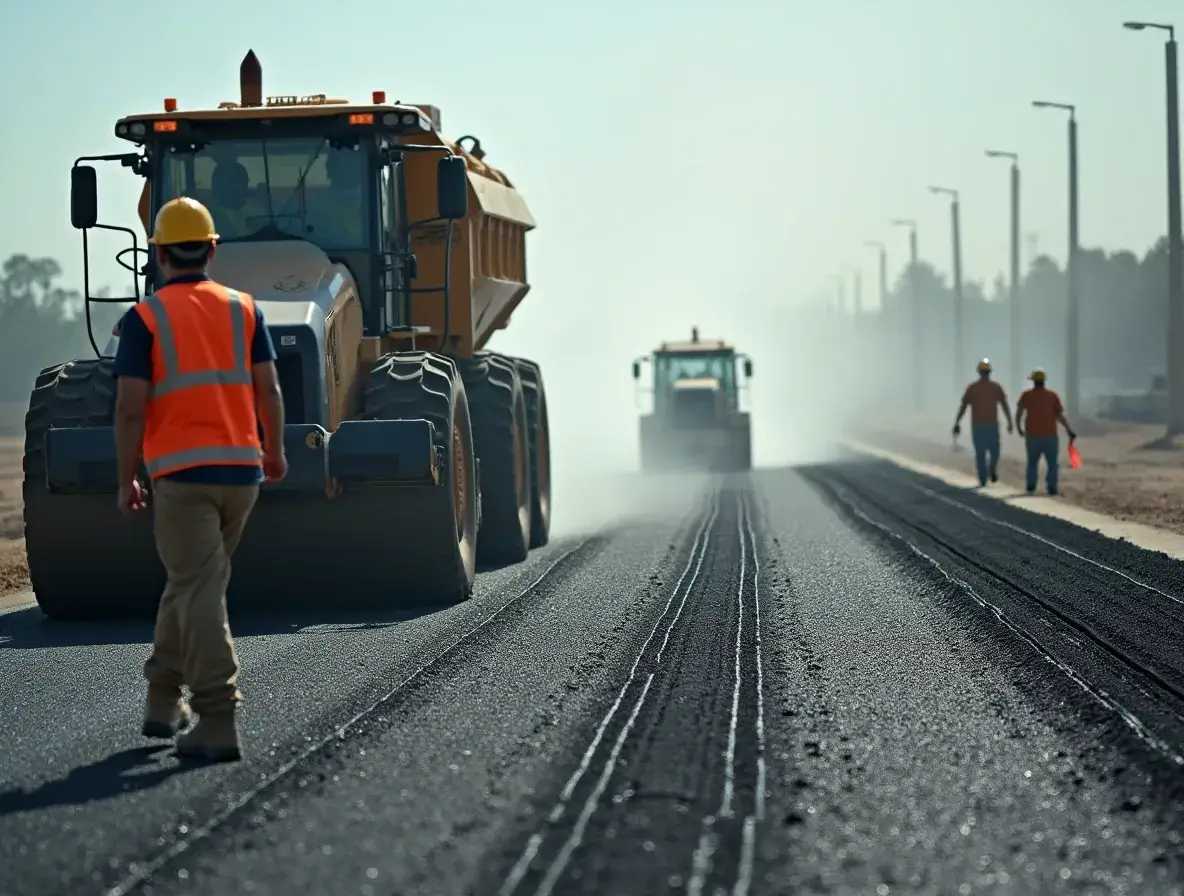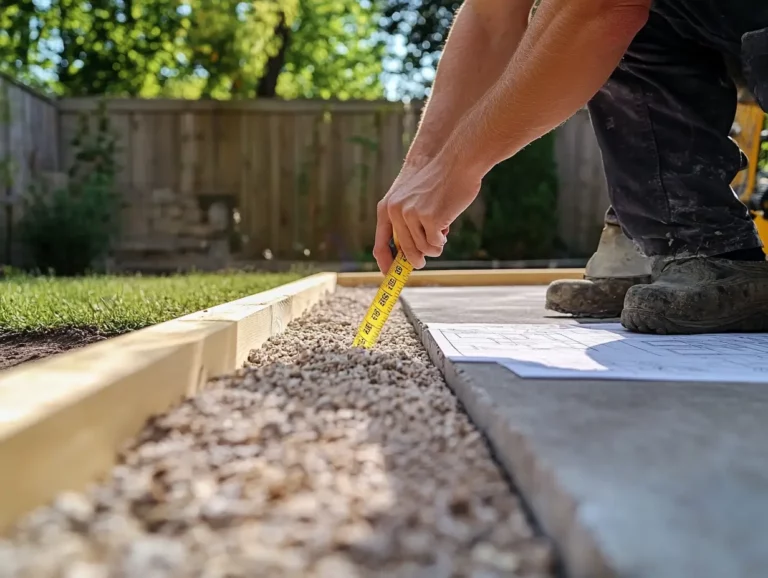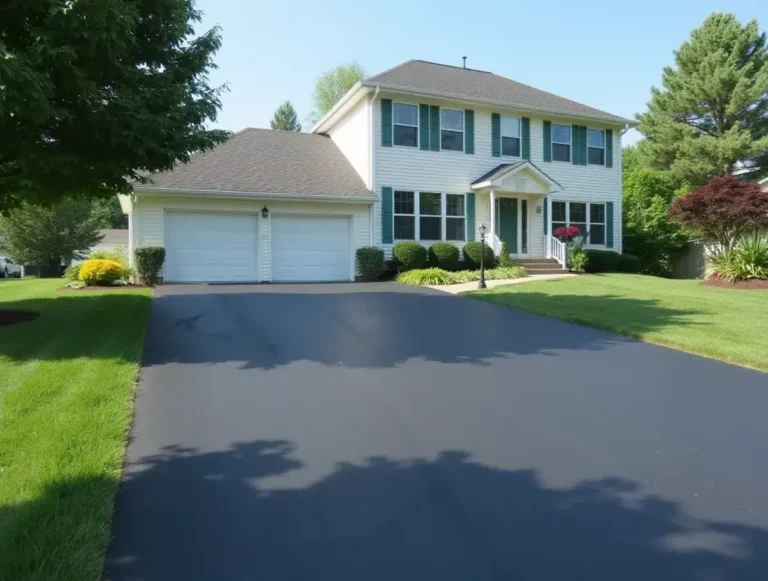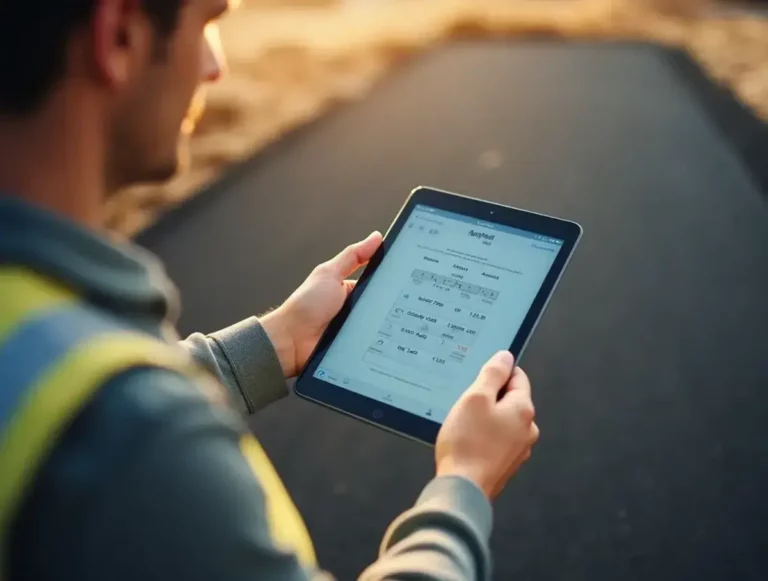Calculating asphalt tonnage is a critical step in any paving project, whether you’re resurfacing a driveway or constructing a new parking lot. The process is straightforward: Tonnage = (Area x Thickness x Density) / Conversion Factor. This formula helps you determine the exact amount of asphalt needed, saving you from costly overruns or delays due to shortages.
Why does accuracy matter? Ordering too much asphalt wastes money and materials, while too little can halt your project. Getting it right ensures efficiency, cost savings, and a successful outcome. In this guide, we’ll break down the asphalt tonnage formula, provide an interactive calculator, walk through a real-world example, explore advanced considerations, and answer common questions—all to equip you with the tools and knowledge for your next paving job.
The Asphalt Tonnage Formula: Demystified
At the core of this process is a simple formula:
Tonnage = (Area x Thickness x Density) / Conversion Factor
Let’s unpack each component:
Area
The area is the surface you’re paving, measured in square feet (ft²). Here’s how to calculate it for different shapes:
- Rectangle: Length x Width
- Circle: π x Radius²
- Irregular Shapes: Break them into smaller regular shapes (e.g., rectangles or triangles), calculate each area, and add them up.
For complex areas, sketch the layout and divide it into manageable sections. Diagrams can help—imagine a winding driveway split into rectangles for easier math.
Thickness
Thickness is the depth of the asphalt layer, typically measured in inches. It varies by project type. Here’s a quick reference table:
| Application | Recommended Thickness (inches) |
|---|---|
| Driveways | 2-3 |
| Parking Lots | 3-4 |
| Roads | 4-6 |
Convert inches to feet (divide by 12) when calculating, as density uses cubic feet.
Density
Density is the weight of asphalt per unit volume, usually in pounds per cubic foot (lb/ft³). It depends on the mix. Here are typical values:
| Asphalt Mix | Density (lb/ft³) |
|---|---|
| Hot Mix Asphalt (HMA) | 145-160 |
| Cold Mix Asphalt | 120-140 |
| Recycled Asphalt | 130-150 |
Source: Consult your supplier for exact figures, as densities vary slightly.
Conversion Factor
This adjusts units to yield tonnage (tons). Since density is in lb/ft³ and we need tons (1 ton = 2,000 lb), the standard conversion involves:
- Converting cubic feet to cubic yards (1 yd³ = 27 ft³).
- Adjusting pounds to tons.
A common factor is 27, but ensure your units align.
Here’s an infographic to tie it all together:
[Imagine a colorful chart showing Area (ft²) x Thickness (ft) x Density (lb/ft³) ÷ Conversion Factor = Tonnage (tons).]
Asphalt Tonnage Calculator
Why crunch numbers manually? Use our asphalt tonnage calculator below to simplify the process:
- Inputs: Enter length, width, thickness, and select an asphalt mix from a dropdown (pre-set densities included).
- Features: Automatically computes tonnage, displays results in tons, and offers a save/print option.
- Design: Mobile-friendly for on-site use.
Note: This is an estimate. Confirm with your supplier for precision.
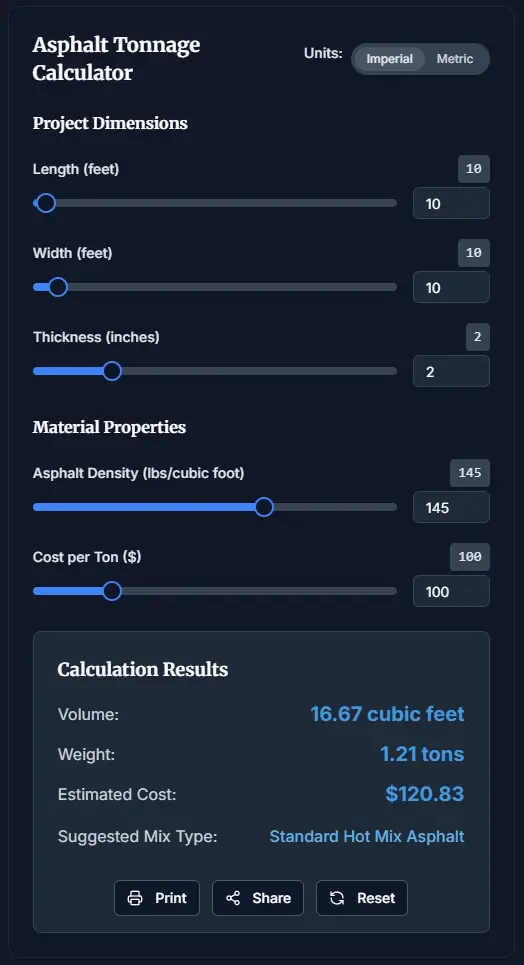
Example Calculation: Asphalt Tonnage for a Driveway
Let’s apply the formula to a typical driveway: 20 ft long, 10 ft wide, 3 inches thick, using hot mix asphalt (density: 150 lb/ft³).

- Area:
Length x Width = 20 ft x 10 ft = 200 ft² - Thickness (in feet):
3 in ÷ 12 in/ft = 0.25 ft - Volume:
Area x Thickness = 200 ft² x 0.25 ft = 50 ft³ - Weight:
Volume x Density = 50 ft³ x 150 lb/ft³ = 7,500 lb - Tonnage:
Weight ÷ 2,000 lb/ton = 7,500 lb ÷ 2,000 = 3.75 tons
You’ll need about 3.75 tons of asphalt. Here’s a visual:
[Imagine a driveway diagram with “20 ft” and “10 ft” labeled, plus a cross-section showing “3 in” depth.]
Factors That Can Affect Asphalt Tonnage Estimates
The basic formula is a starting point, but real-world factors can adjust your estimate:
- Waste Factor: Add 5-10% for spills or uneven spreading. For our driveway, 10% more is 4.125 tons.
- Compaction: Asphalt compacts after placement, reducing volume. Ask your contractor about compaction rates.
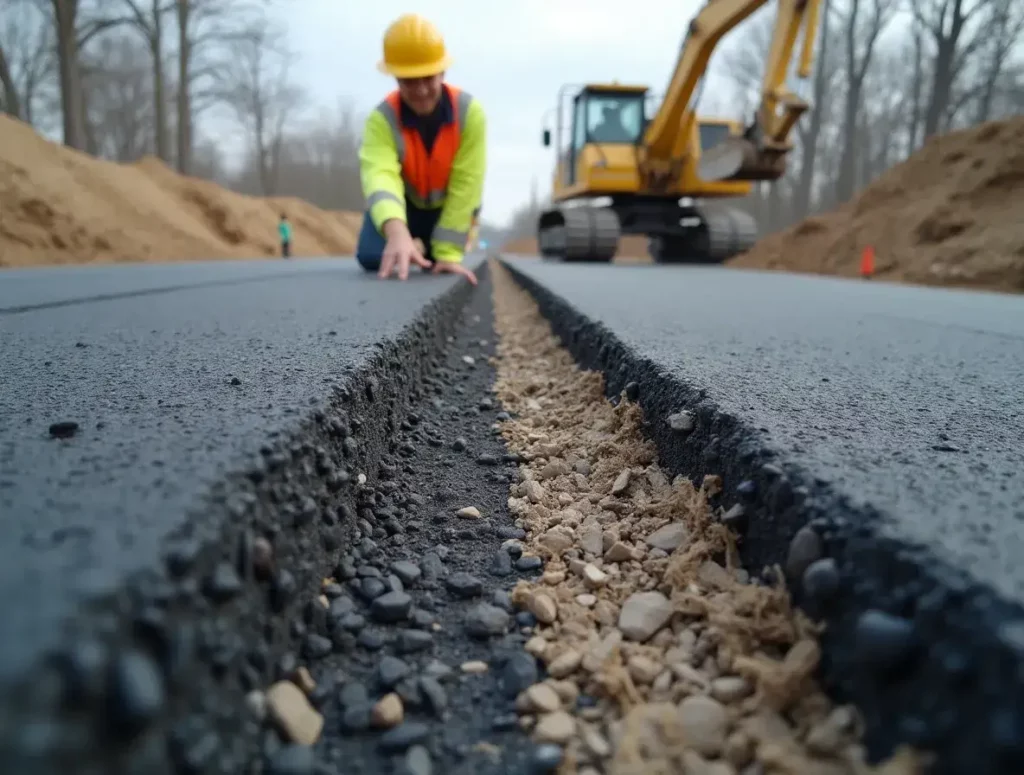
- Sub-base: An uneven or unstable sub-base may require extra asphalt for a level surface.
- Slope and Drainage: Sloped areas or drainage needs might increase thickness in certain spots.
- Material Type: Mixes like recycled asphalt (lower density) vs. HMA (higher density) affect the total. Choose wisely—HMA suits heavy traffic, while recycled works for lighter use.
These tweaks ensure your estimate matches reality, avoiding surprises on paving day.
Frequently Asked Questions About Asphalt Tonnage
How accurate is the asphalt tonnage calculator?
It’s a solid estimate based on your inputs, but site conditions (e.g., waste, compaction) may adjust the final amount. Verify with your supplier.
What’s the difference between tons and cubic yards of asphalt?
Tons measure weight; cubic yards measure volume. Convert using: Tonnage = (Cubic Yards x Density) ÷ 2,000.
Where can I find the density of my specific asphalt mix?
Check with your supplier. If unavailable, use industry averages (e.g., 145 lb/ft³ for HMA).
How much does asphalt cost per ton?
Prices range from $40-$80 per ton, depending on location and mix. See our for details.
How do I dispose of leftover asphalt?
Recycle it! Local asphalt plants or recycling centers often accept excess material.

